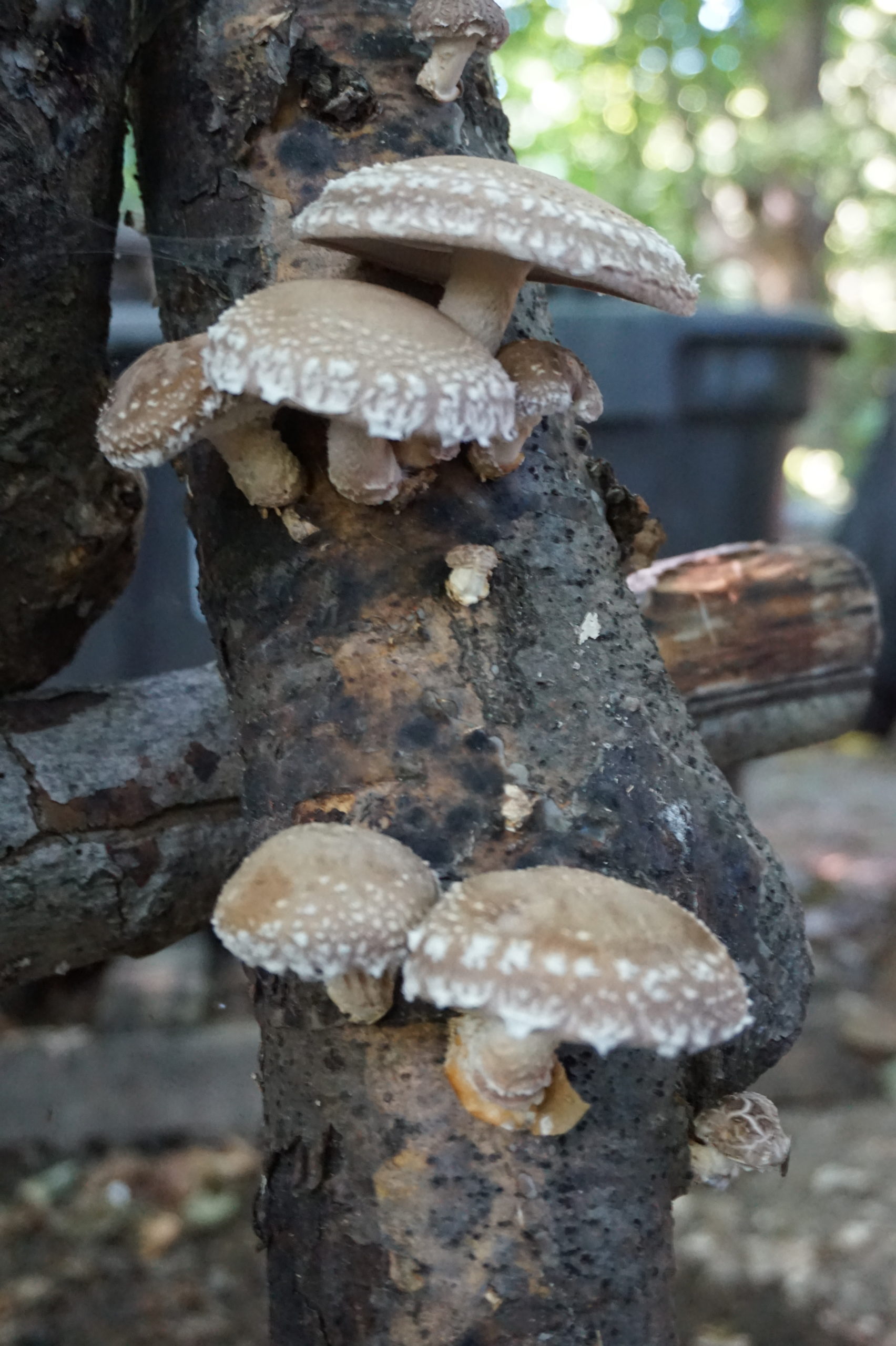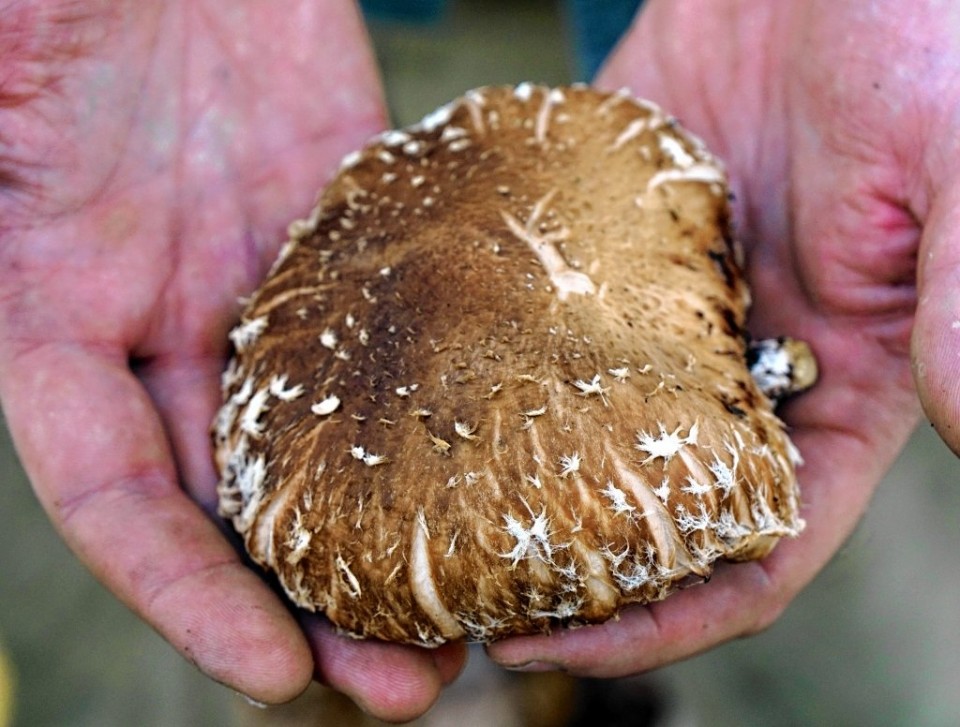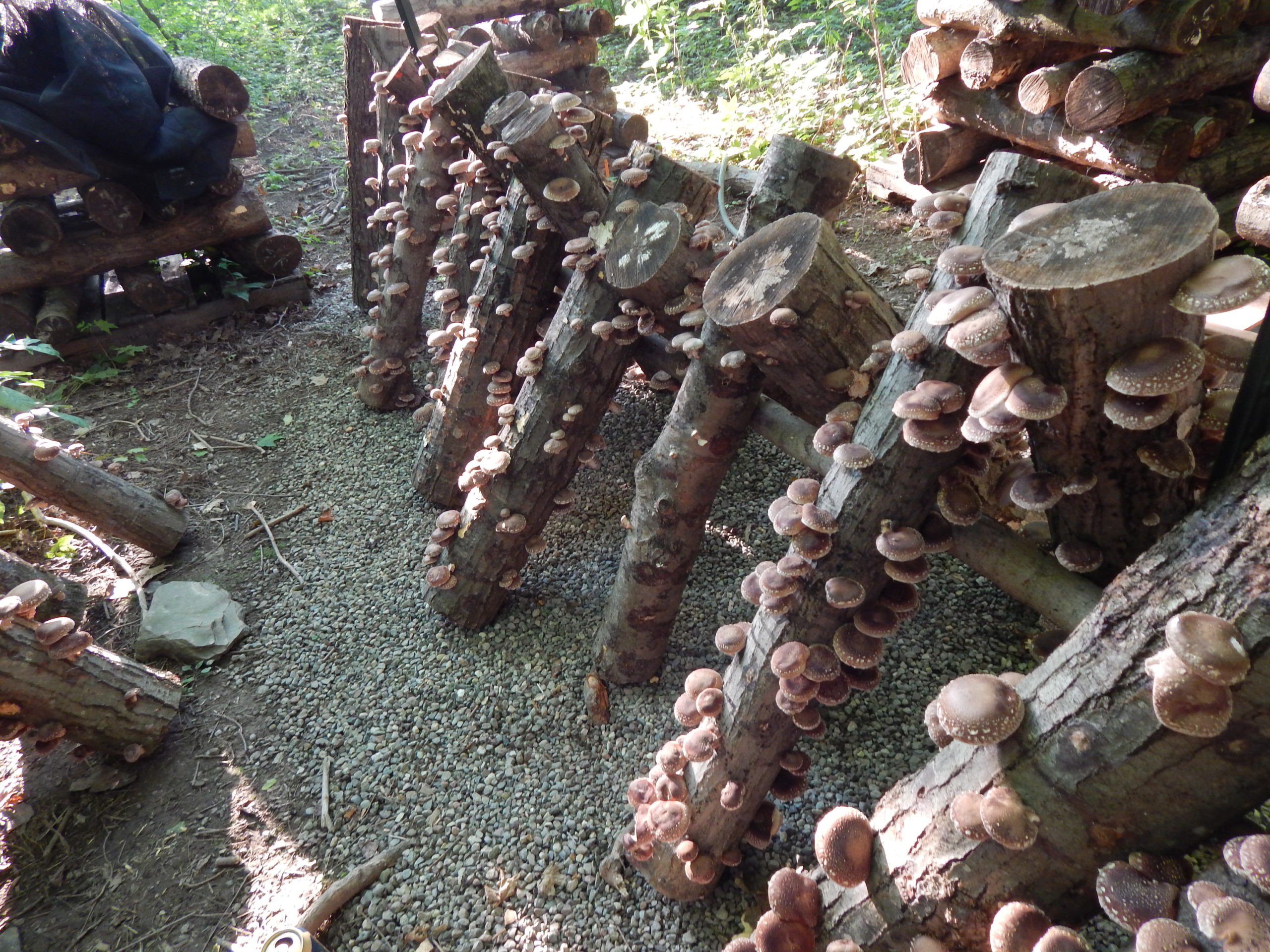Harvest to Market Guide
DEVELOPING A VIABLE SPECIALTY MUSHROOM ENTERPRISE

Section 1:
Post Harvest Handling
a. Safety & Sanitation
b. Harvest, Cleaning, & Storing
c. Grading
d. Weighing
e. Packaging & Labeling
f. Pricing
g. Guidance for Wild Mushroom Sale in NYS h. Dehydration
i. Value Added Products
Section 2:
Enterprise Planning
a. Mushroom Identification & Insurance
b. When Am I A Farm? c. Taxes & Ag Assessment d. Business Planning
e. Budgeting & Cash Flow
f. Record Keeping
g. Strategic Marketing/Channel Assessment h. Branding
i. Certification j. Final Thoughts
Project Team
Cornell Small Farms Program
Steve Gabriel, Project Leader Anu Rangarajan, PI
Cornell Cooperative Extension
Marilyn Wyman, CCE Greene
Tracey Testo, CCE Greene
Sarah Carlson, CCE Wyoming
Don Gasiewicz, CCE Wyoming
Brett Chedzoy, CCE Schuyler
Roger Ort, CCE Schuyler
Rick LeVitre, CCE Franklin
Richard Gast, CCE Franklin
Jennifer Stengle, CCE Putnam
Peter Smallidge, NYS Extension Forester
Consultant Growers
KC Mangine, Fruit of the Fungi, Madison Co
Bob Wagner, Northwoods Shiitake, St Lawrence Co
Steve Sierigk, Hawk Meadow Farm, Schuyler Co
Supporting Organizations
Lindsay Wickham, NY Farm Bureau Christopher Wayne, Grow NYC
Brendan Murphy, NYC Watershed Ag Council
Tom Pavlesich, NYC Watershed Ag Council
Introduction

This workbook is meant to serve as a companion to our production manuals: “Best Management Practices for Log-Based Shiitake Cultivation” (2012) and “Growing Specialty Mushrooms in Controlled Environments” (2019), both of which are available as free downloads at www.CornellMushrooms.org. While these guidebooks focus on the technical aspects of successful mushroom cultivation in different scenarios, this publication offers information to support post-harvest handling, sales, business planning, and decision making that is critical to developing a viable small enterprise.
Assuming you have learned, or will learn, the technical aspects of production including substrate acquisition, inoculation, management, forcing, fruiting, and harvest, this guide picks up after harvesting, in the stages of storing, packaging, marketing, sales, and record keeping.
The format of this guide follows the process in the logical order in two sections:
Section 1: The Production Chain: From Harvest to Market
Section 2: Enterprise Planning (Budgeting, Cash Flow, Legal considerations, etc)
In addition to this guide, growers are advised to consult The Guide to Farming in New York for more information and resources pertaining to the rules, regulations, and considerations for any farm enterprise in New York State, available at the Cornell Small Farms website: http://smallfarms.cornell.edu
Growing Specialty Mushrooms: Outdoors vs Indoors
http://www.cornellmushroom.orgWhile our materials at www.CornellMushrooms.org explore this topic in greater depth, it is worth briefly reviewing the differences between outdoor cultivation and indoor, controlled environment growing of specialty mushrooms. There is not one method that is right or wrong, but rather each offers distinct differences that are more suitable given your situation. For outdoor growing, Shiitake (Lentinus edodes) alone offers the combination of characteristics needed for reliable and profitable production. Namely, shiitake logs can be soaked and “forced” to fruit on a routine basis, meaning that a grower can get consistent yields from June – October in most parts of New York State.

Other mushroom species that produce reliably outdoors in the forest include oyster, lions mane,stropharia, and nameko. However, each of these mushrooms produces at only specific times of the year, when conditions (temperature and moisture) are just right. Therefore, the timing of fruiting is not controllable nor reliable. A grower with established markets can certainly sell these mushrooms, but he/she won’t be able to build a viable business off them alone. Outdoor production offers the advantages of very low infrastructure and energy costs, since only the forest canopy is needed to provide the proper conditions to fruit. Logs and wood are relatively inexpensive to acquire, and woodland production supports good forest management practices. On the downsides, the species you can grow profitably are limited, and the growing season is also limited to approximately 6 months of the year.In indoor or controlled environment production, more species can be grown profitably, with the most common being oyster, shiitake, and lions mane. Oyster is the most versatile and adaptable, being successfully grown on straw as well as sawdust. Shiitake, Lions Mane, and others do best on sawdust. The substrate materials for all types of cultivation must first be treated to “clean” them from contaminants, and during all phases of growing temperature, humidity, light, and air must be carefully controlled. This leads to the pros and cons of this form of production; while a grower can reliably produce a wider range of species, potentially year-round, there is an initial investment of infrastructure and the need to purchase and maintain the equipment to keep environmental conditions optimal.
Learn more about each production system at www.CornellMushrooms.org.

